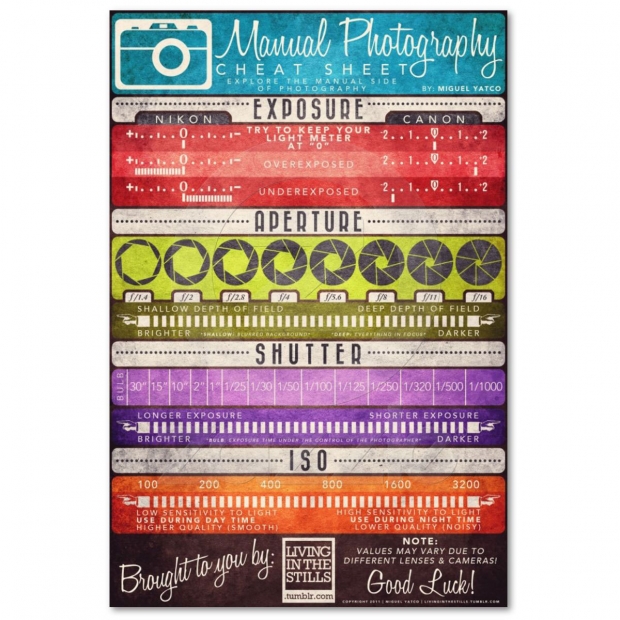Transform Your Digital Photography By Mastering Illumination Techniques That Can Boost Your Photos-- Uncover The Usual Mistakes That Could Be Holding You Back
Transform Your Digital Photography By Mastering Illumination Techniques That Can Boost Your Photos-- Uncover The Usual Mistakes That Could Be Holding You Back
Blog Article
Content By-Boone Polat
As a digital photographer, you recognize that illumination can make or damage your pictures. Recognizing the subtleties of both all-natural and man-made light is essential for recording the mood and quality you aim for in your work. Whether you're chasing the best gold hour radiance or fine-tuning your synthetic setups, understanding these elements can boost your photography substantially. However there are common challenges that lots of ignore, and recognizing them can change your technique to every shoot. Let's discover what you could be missing and how it can affect your results.
Recognizing Natural Light
Understanding all-natural light is crucial for any kind of photographer looking to boost their work. It's the foundation of fantastic digital photography, influencing mood, tone, and quality. When you shoot outdoors, focus on the time of day. visit site -- shortly after dawn and prior to sunset-- uses soft, warm light that can transform normal scenes into stunning pictures.
Do not undervalue see this of overcast days. Cloud cover diffuses sunshine, producing a soft, also light that's excellent for pictures and macro photography. You'll discover colors appear this sort of lights without severe darkness.
Positioning issues, too. Always consider your subject's alignment to the source of light. If the sunlight's behind your subject, you might wind up with a shape, which can be remarkable yet mightn't be what you desire. Alternatively, direct sunlight can develop unflattering shadows.
Experiment with angles; often, changing your perspective can generate amazing results. Usage all-natural reflectors, like water or sand, to bounce light onto your topic, including measurement.
Mastering Artificial Light
Understanding fabricated light is necessary for digital photographers who intend to take their abilities to the next degree. Whether you're making use of speedlights, studio strobes, or continuous lights, comprehending how to adjust these sources can significantly boost your images.
Start by familiarizing on your own with the essentials of light top quality, instructions, and shade temperature level. Try out different modifiers like softboxes, umbrellas, or grids to manage the gentleness or cruelty of the light.
You'll find that soft light typically creates lovely outcomes, while harsher light can include drama and deepness. Don't shy away from darkness; they can boost the three-dimensionality of your topics.
Pay attention to the placement of your lights. A light positioned also near to your subject can develop uncomplimentary results, while too away can bring about an absence of detail. Make copyright photos near me of a light meter or your electronic camera's histogram to guarantee you're exposing correctly.
Last but not least, remember that artificial light can be blended with ambient light for creative results. Balancing these sources may take technique, once you master it, your digital photography will absolutely beam.
Methods for Different Situations
When you enter various shooting situations, adapting your lighting techniques is vital for catching the best pictures. For exterior pictures, make use of the gold hour-- morning or late afternoon light-- to soften shadows and enhance complexion.
If it's a rough noontime sunlight, take into consideration making use of a reflector to bounce light back onto your topic or seek shaded areas for a more even direct exposure.
In low-light situations, like interior events, enhance your ISO and utilize a vast aperture to let in even more light. A tripod can help remove camera shake, allowing for longer exposures without obscuring.
If you're shooting at evening, explore off-camera flash to develop dynamic lighting and depth in your images.
For product digital photography, use diffused illumination to avoid rough reflections. Softboxes or light outdoors tents can aid accomplish this impact.
When photographing landscapes, take into consideration the direction of light and time of day, as it can considerably change the state of mind of your shot.
Always prepare to change your settings and placing based upon the circumstance, as adaptability is key to grasping illumination in photography.
Conclusion
Finally, understanding lights is key to boosting your digital photography skills. Embrace all-natural light's elegance throughout gold hour, and don't avoid explore man-made light techniques. By adjusting your strategy to various circumstances, you'll capture stunning images that reverberate with feeling and quality. Keep in mind, the appropriate lights can transform a normal shot into something remarkable, so maintain practicing and improving your understanding of both natural and artificial light. Pleased shooting!
